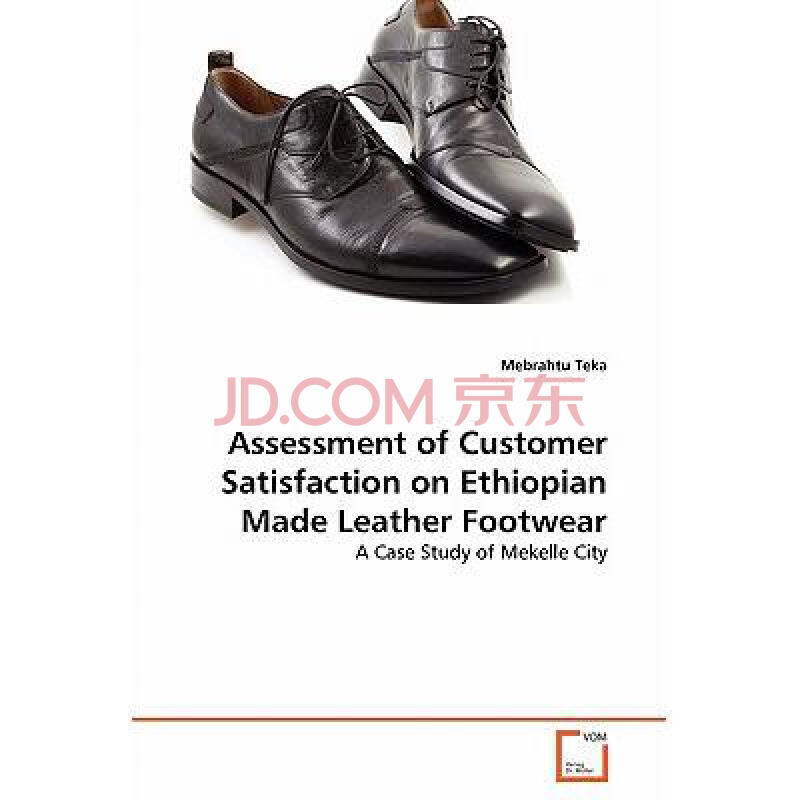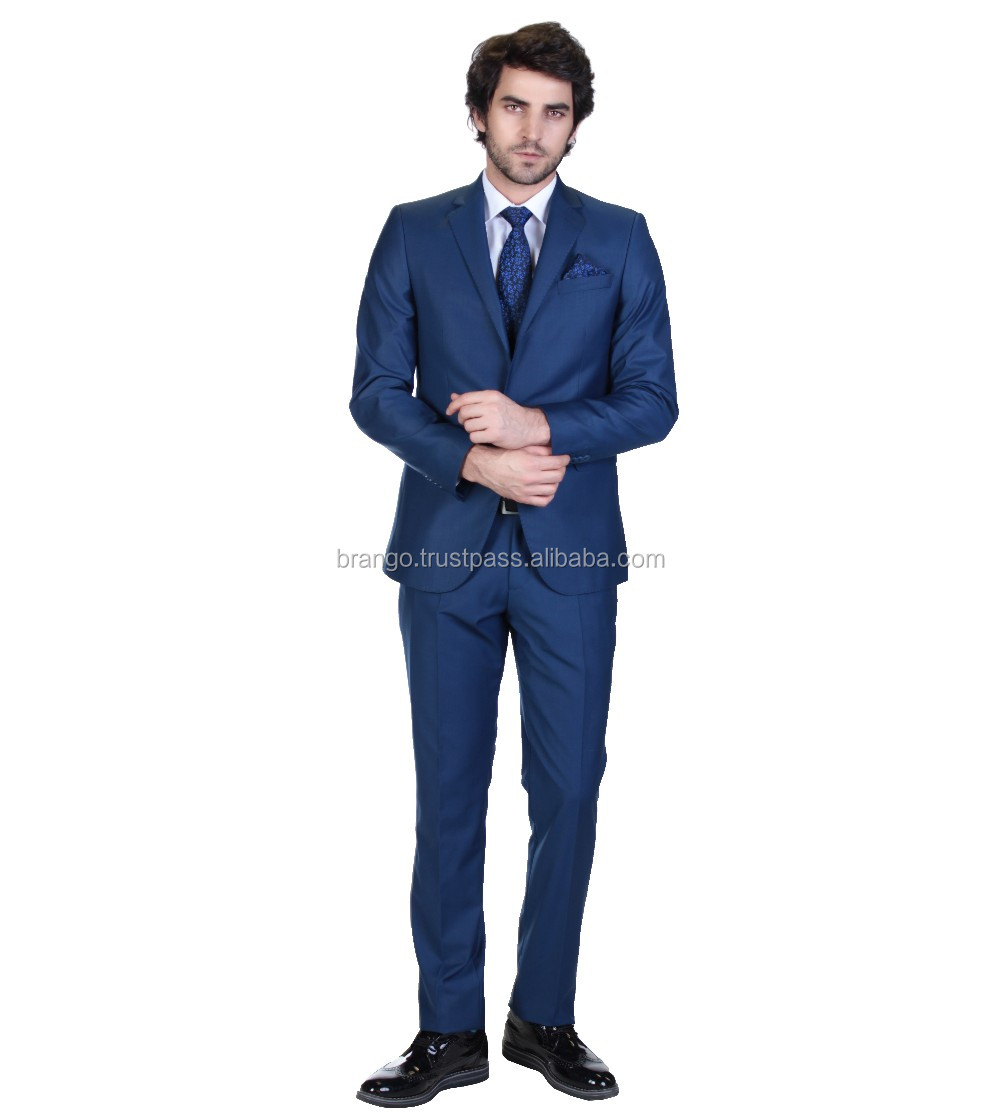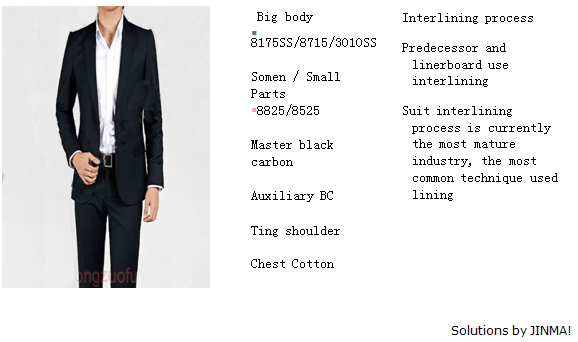Title: The Cost of Customizing a Suit: A Comprehensive Guide
The Cost of Customizing a Suit: A Comprehensive GuideTailoring is an essential part of creating a suit that fits perfectly. However, the cost of customizing a suit can vary widely depending on several factors. The first factor is the fabric choice. High-quality materials such as wool, silk, and cashmere are more expensive but will result in a better fit and longer lifespan of the suit. The second factor is the level of customization. Adding intricate details like buttons, pockets, and linings will increase the cost. Thirdly, the tailor's expertise and reputation also play a crucial role in determining the final cost of the suit. It's important to choose a reputable tailor who can provide you with accurate estimates and work with you to find the best possible solution for your budget. In conclusion, customizing a suit can be a worthwhile investment if done correctly, but it's essential to consider all aspects of the process before making a decision.
Introduction
Tailoring is an art that has been practiced for centuries, and it is one of the key factors that determine the quality and longevity of a suit. When it comes to customizing a suit, there are several factors that affect the final cost, including the fabric, style, size, and customization options. In this article, we will explore the various elements that contribute to the cost of customizing a suit and provide you with a comprehensive understanding of the process.

Fabric Choices
The first step in customizing a suit is selecting the appropriate fabric. There are many different types of suits available in the market, each with its own unique properties and characteristics. Some of the most popular fabrics for custom-made suits include wool, silk, cotton, linen, and polyester. Each fabric has its own set of advantages and disadvantages, which must be carefully considered when choosing a material for your suit.
Wool is a classic choice for suits due to its durability, warmth, and flexibility. It is also resistant to wrinkles and stains, making it an ideal choice for busy professionals who need a suit that can withstand daily wear and tear. Silk, on the other hand, is a luxurious option that offers exceptional comfort and breathability. It is also highly durable and resistant to fading, making it a great choice for long-term investments. Cotton and linen are lightweight materials that are perfect for summer wear, while polyester is a more affordable option that offers excellent wrinkle resistance and durability.
Style Options

Once you have chosen your fabric, the next step is to select the style of your suit. There are four main styles of suits: single-breasted, double-breasted, slim-fit, and fitted. Single-breasted suits are traditional and timeless, while double-breasted styles are more modern and sophisticated. Slim-fits offer a more streamlined silhouette, while fitted suits have a more contemporary look. It is essential to choose a style that reflects your personal taste and body type.
Size and Fit
Another crucial factor that affects the cost of customizing a suit is the size and fit. A well-fitting suit not only looks better but also feels more comfortable to wear. When getting measured for a suit, it is important to consider your body type (e.g. tall, short, muscular, slim), as well as any unique features such as broad shoulders or a large bust. Your tailor will take these factors into account when measuring you for your suit and will suggest the appropriate size and fit for your body type.
Customization Options

Finally, there are several customization options available when customizing a suit that can increase or decrease the overall cost. These options may include adding pockets, changing the lapels, or altering the cut of the jacket. Some customizations may be simple enough to do onsite at the tailor's shop, while others may require specialized skills or equipment. It is important to discuss your customization preferences with your tailor before beginning the process to ensure that your desired changes can be made within your budget.
Conclusion
Customizing a suit can be a complex process that requires careful consideration of multiple factors. By understanding the various elements that contribute to the cost of customizing a suit, you can make informed decisions about the fabric, style, size, and customization options that best suit your needs and budget. With a little research and planning, you can create a bespoke suit that not only looks great but also fits you like a glove. So why wait? Start exploring custom suit options today!
Articles related to the knowledge points of this article:
Title: The Art of Selecting a Perfect Wedding Tie
North Face Feather: The Story of a Feathered Journey
Feather Dust Cleaning: A Guide to Cleaning Your Down Comforter
Where to Buy a Suit Necktie: A Comprehensive Guide
Title: Understanding the Distinctions Between a Tie and a Necktie



